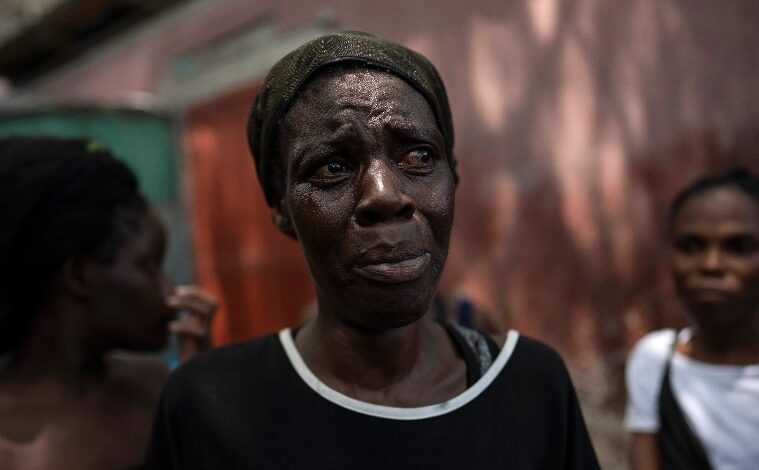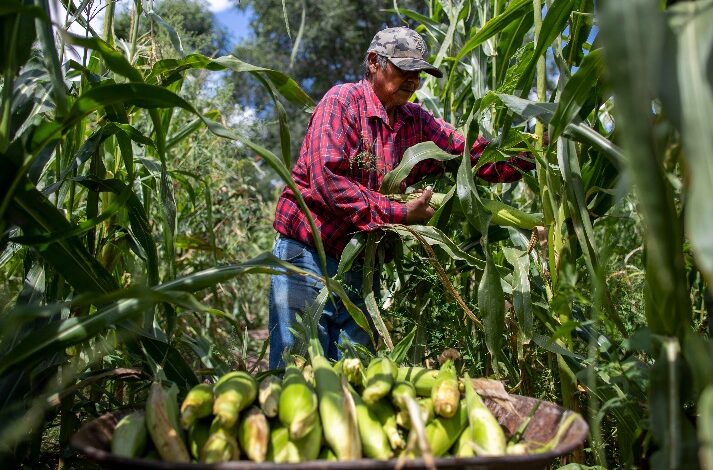
Avellon Williams
PORT-AU-PRINCE, HAITI- In the Cite Soleil slum, a gang attacked wood-and-tin homes and killed and raped hundreds of residents. In Port-au-Prince, one family of four was forced out of their neighborhood and lived on the streets until they were hit by a truck while sleeping.
In the November accident, two brothers, ages 2 and 9, were killed. As soon as Jean-Kere Almicar opened his front yard and nearby, nearly 200 people camped out in his yard, including distraught parents and other families.
A surge in gang violence has forced more than 165,000 Haitians to flee their homes, leaving them with nowhere to turn.
Previously living in Scranton, Pennsylvania, Almicar moved back to Haiti in 2007.
“There was nothing I could do except tell them to come in,” Almicar said. “Their home doesn’t exist anymore. If they go back, they’re going to be killed.”
Approximately 79,000 people are staying with friends or family, but another 48,000 have taken refuge in parks, churches, schools and abandoned buildings in Port-au-Prince and beyond. Nonprofits and nongovernmental organizations are overwhelmed by the situation.
“The government is not relocating anyone,” said Joseph Wilfred, a volunteer managing an abandoned government building in Port-au-Prince that houses nearly 1,000 people, including him and his family.
These makeshift shelters have housed tens of thousands of Haitians for almost a year. Their beds are made of flattened cardboard boxes or hard floors. Big rice bags are stuffed with belongings and pushed against the walls of packed rooms. In shelters, children as young as 8 are being recruited by the gangs that chased them out of their homes and control up to 80% of the capital.
In November, someone snatched Lenlen Désir Fondala’s 5-year-old son while they were living in a park at Almicar’s place. Crying, she whispered in her sleep that she still dreams of him.
Shelters and neighborhoods destroyed by gangs are also common places for rapes.
After being shot by gangs and attacked with a machete, Lovely Benjamin, 26, has scars on her torso and arm. The head of her 4-year-old son bears a machete scar. It is difficult for Benjamin to find a job because they are homeless. She can’t afford to buy more rice and oil because the gangs torched the items she used to sell. She and her son survived the attack, but her partner was killed and burned.
“Everybody was running,” she recalled. “The gangs burst into everyone’s home.”
Together with other neighbors from Cite Soleil, Benjamin and her son now live in Almicar’s front yard.
Despite this, gangs continue to invade communities once considered safe, leading more and more families to return to shelters. As a result of the ongoing violence, even makeshift shelters are closing and moving elsewhere, according to Philippe Branchat, head of IOM Haiti.
UN’s International Organization for Migration has helped over 3,400 people find safer homes and provided them with $350 to cover one year’s rent.
“We are hearing these terrible stories very often,” Branchat said, adding that the agency doesn’t have access to about half of the makeshift shelters because of gang violence. “The situation is really, really bad.”
Shelter residents sometimes eat only one mango a day. A large number of young children are malnourished.
Leaders of the shelter hold biweekly meetings for those living there where the worsening situation is regularly discussed.
Sony Pierre, a spokesman for the shelter where he lives, expressed concern about the living conditions.
“Look at this catastrophe,” Pierre said as he waved his arms at the scene behind him, where flies buzzed around aggressively in the oppressive heat. “This is an emergency … We are looking for help to live with dignity.”
RELATED:




